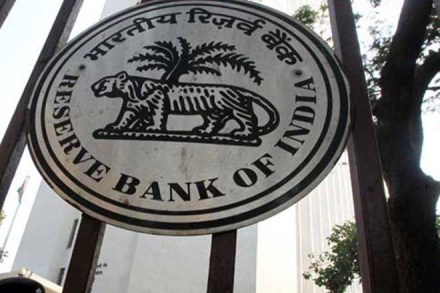New RBI Governor Shaktikanta Das has made the right noises by saying he will uphold the autonomy and credibility of the central bank as an institution and that, in the context of RBI and the Central government’s spat, all issues can be resolved through discussion. It is in that context that he held a meeting with bankers—one of the issues the finance ministry had been raising with RBI under Urjit Patel was to find ways to increase bank credit. But, at the same time, he has also said that, while every institution must have autonomy, it “must also adhere to accountability”. In other words, he is echoing the finance ministry view, expressed publicly by economic affairs secretary Subhash Garg, that RBI can no longer be run by just the Governor, it has to be accountable to its board, one appointed by the government. While we will have to wait to see how the battle between the government and RBI plays out under what is certainly a more pro-government Governor than Urjit Patel was of late, what is interesting is that the government has still not withdrawn its consultation under Section 7 of the RBI Act; this means the government wants to retain the option of issuing a directive to RBI in case things don’t pan out in the manner it wants.
One of the arguments being made by those who feel Urjit Patel resigning was a good thing is that, contrary to what Deputy Governor Viral Acharya warned of in his speech, there was no wrath of the markets after Patel quit. Indeed, the stock market has risen and bond yields have softened a bit; sure, FIIs pulled out $419 million the day after Patel resigned, but they also pulled out $197 million on December 3 and $685 million on November 20—FIIs put in $1.8 billion in November after pulling out $5 billion in October—so it is not clear if this is the beginning of a trend or just a one-off.
Taking a decision on the basis of how markets have reacted, however, would be short-sighted since markets are generally focused on the immediate. They would cheer an announcement that, for instance, the government has decided to breach the deficit target by 0.5 percentage points or that, with Rs 2 lakh crore of RBI’s ‘excess capital’ being given to it by the end of January, the government plans to spend half of it this financial year. Any such move would mean a stimulus to the flagging economy, so markets will cheer it; as they will, say, RBI relaxing PCA curbs on banks or relaxing the February 12 circular.
Just as missing the fiscal deficit goal by a small amount in one year doesn’t send bond markets into a tizzy, the real impact of emasculating RBI will be felt over the medium- to long-term; in other words, the government has to be very careful about its moves. Taking away part of RBI’s capital is a big move and, going by what ex-Governors like Raghuram Rajan have said, it will reduce RBI’s ability to, for instance, defend the rupee; this is a move that requires all manner of experts to weigh in over a period of time, not something that gets decided by a committee, especially since its composition will influence its recommendation. Asking RBI to dilute the PCA means the taxpayer is likely to have to fund even greater losses and relaxing the February 12 circular means most defaulters will start asking for similar leniency; indeed, as FE has argued (goo.gl/oVvvy7), while the government wants RBI to alleviate the financial condition of MSMEs or the power and realty sector, is was policies like demonetisation, GST and RERA that aggravated their woes. And changing the governance structure to shift power from RBI to the government-nominated board not only gives more power to non-technocrats, it has implications for other regulators like Sebi or CCI.
